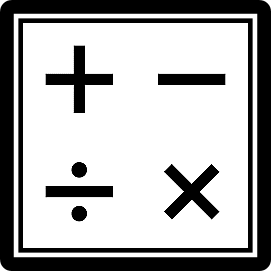What are some basic steps to perform if I cannot connect to the internet on my computer?
For issues connecting to the internet, perform these basic steps:
- Determine if the issue is with the computer or network
- Attempt a second computer on the same network
- If browsing is successful, issue is specific to the computer. Proceed to step 2
- If browsing is unsuccessful, issue is with the network. Try the following:
- Power-cycle the Modem and Router
- Bypass the Router and plug directly into the Modem
- Contact your Internet Service Provider
- Run the Network Troubleshooter
- Right click on the Wireless Icon or search the Start menu for "Network Troubleshooter"
- Choose "Troubleshoot" or "Identify and repair network problems"
- If an issue is found, and there is an "Attempt to Repair" or "Fix Automatically" or "Apply Repair" make this selection and the troubleshooter will also attempt confirm resolution
- Check your IP Address
- Click Start
- Open All Programs
- Open Accessories
- Click Command Prompt
- In this black window that opens, type ipconfig
- Click Enter
- You will receive a few lines of information including your IP Address
- The IP address should be anything other than 169.XXX.XXX.XXX and 0.0.0.0An IP Address that begins with 169 is self-assigned and not assigned by the device that it is connected/connecting to. This indicates that the network adapter is unable to properly detect the modem/router.
- An IP Address that begins with 0 or is 0.0.0.0 typically means one of the following:
- That IP Address is entered statically (hard-coded), which can be changed.
- The driver for the network adapter is bad.
- Configure IP Settings
- Click Start
- Click Control Panel
- Open Network Connections
- Right-click Local Area Connection
- Click Properties
- Click once to select Internet Protocol TCP/IP
- Click Properties
- Make sure Obtain an IP Address Automatically is checked
- Reset Internet Explorer
- Click Start
- Click Control Panel
- Click Internet Options
- Click the Advanced tab
- Click Reset
- Restart Internet Explorer
- Verify TCP/IP Settings in Windows 7
-
- Open Control Panel
- Open Network and Sharing Center
- Click on Change Adapter Settings on left side of window
- Locate adapter in list of adapters
- Right click on adapter (Local Area Connection or Wireless Adapter)
- Choose Properties
- Choose Internet Protocol TCP/IP v4 located Under This connection uses the following items
- Click Properties
- Make sure that IP Address is set to obtain IP address automatically
- Make sure that DNS Servers is set to obtain DNS address automatically
- If changing settings, write down the IP and DNS addresses for future reference
- Contact Internet Service Provider
- The student should contact their ISP for any additional network troubleshooting
Note: For a more indepth troubleshooting with network connection issues please visit the link below:


